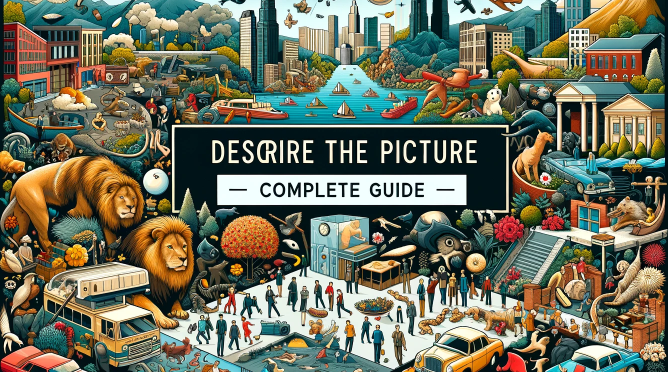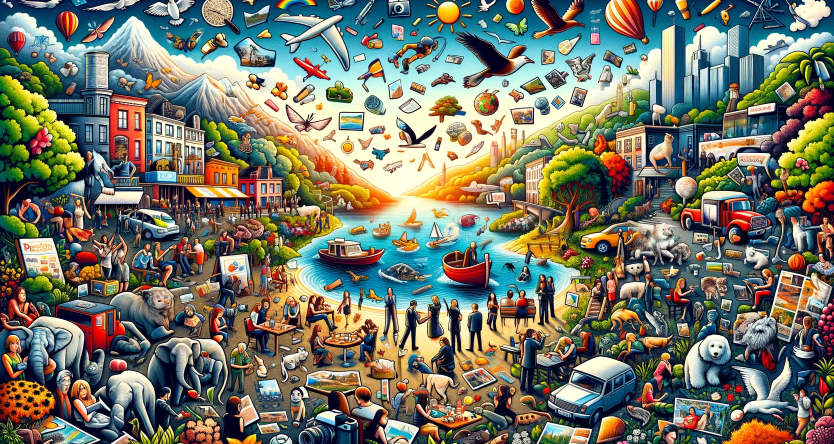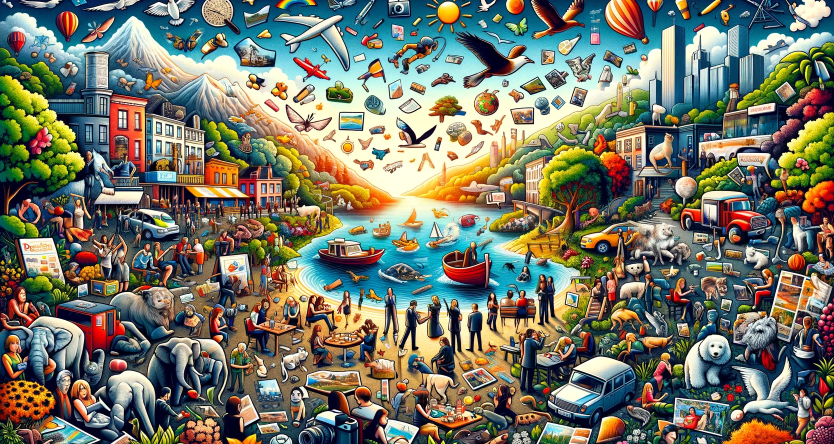17. 必要を述べる
必要を述べる表現を確認しましょう。need to…「…する必要がある」、have to…「…しなけれ
ばならない」、should…「…したほうがいい; ・・・すべきだ」などの表現がよく使われます。また、
強い義務を表すmust「…せねばならない」や、警告を含むhad better..or…「…したほうがい
い、さもないと…」といった言い方もあります。
◎need to…「…する必要がある」
She probably needs to take a nap.
おそらく彼女は仮眠する必要があるでしょう。
The professional riders, called “jockeys,” need to be short in height.
ジョッキーと呼ばれるプロの騎手は背が低くなければダメです。
◎don’t need to…「…する必要はない」
They probably don’t need to have another checkup for six months.
おそらく彼らは6カ月は次の検診を受ける必要がないでしょう。
◎(don’t) have to…「…しなければならない/…する必要はない」
They have to wear heavy coats, because it’s cold.
寒いので、彼らは厚手のコートを着なければなりません。
They don’t have to walk to school because they can ride the bus.
彼らはバスに乗れるので、学校まで歩く必要はありません。
◎should…「… したほうがいい; …すべきだ」
You should try Yakitori if you get the chance.
チャンスがあれば、焼き鳥を試してみるべきですよ。
◎must…「・・・せねばならない」
You must have a valid passport in order to travel overseas.
海外旅行するには、有効なパスポートを所持しなければなりません。
◎had better…, or…「… したほうがいい、さもないと・・」
They had better be careful though, or the food will burn.
彼らは注意したほうがいい。さもないと食べ物が焦げてしまうでしょう。
◎It i s necessary/unnecessary for A t o B
「AにとってBすることは必要/不要だ」
It is necessary for passengers to go through security.
乗客はセキュリティーを通り抜ける必要があります。
It’s unnecessary to rent a car because there are taxis everywhere.
タクシーがどこにでもいるので、自動車を借りる必要はありません。
◎be a necessary part of…「…の必要不可欠な一部だ」
Like it or not, airplanes, like computers, are a necessary part of our global community.
好き嫌いにかかわらす、飛行機は、コンピューターのように、グローパル社会の不可欠な一
部なのです。










